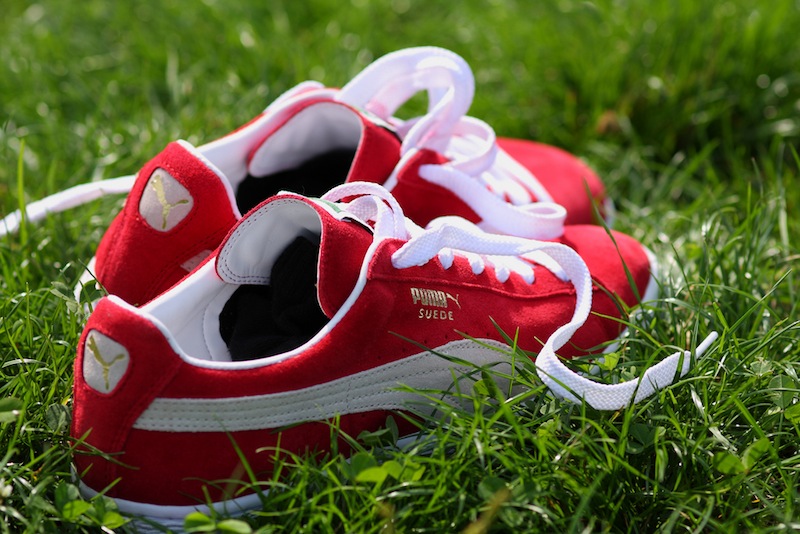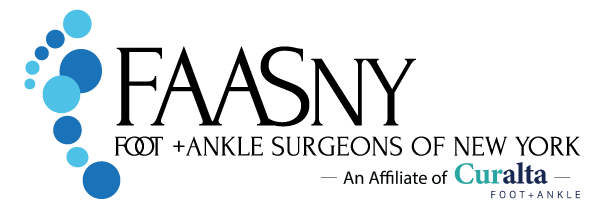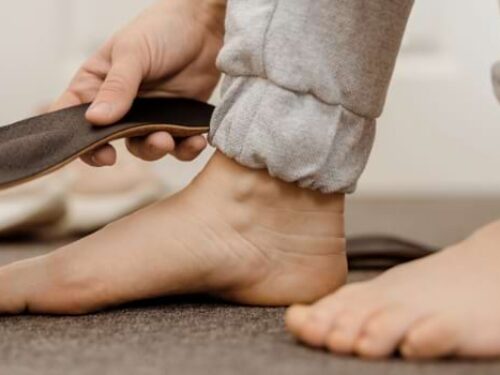
Orthotics
“I think I need orthotics” is a statement that I often hear in the office. Most of the time, patients don’t even know what that means, but after researching on the internet, it is the conclusion that they have come to. But before we get to that, let’s set the terminology straight: an orthosis is the custom device that you put in your shoe to control abnormal motion, provide support, and take pressure off of painful areas. They can be made from different materials ranging from soft, semi-rigid, to rigid. Often, an impression is made of the patient’s feet in the office, and then it is sent off to a lab with a prescription to be fabricated. Orthotics, on the other hand, is the science of orthoses.
Do I really need orthotics?
So, when patients come into the office saying, “I think I need orthotics,” do they really? To be honest, it depends on the condition they are looking to treat. If, for example, their feet are flat and not painful, then no, they do not. But, if they come in with some ailment, more than likely, yes they do. Even in that respect, sometimes they are just temporary solutions to a future surgical intervention.
What conditions can be treated with orthotics?
Well, there are many indications for orthoses, but here are just a few: Generally speaking, anything that ends in “-itis”, like plantar fasciisitis, achilles tendinits and posterior tibial tendinitis responds well to orthoses. These conditions arise from a failure of the biomechanics and the structure of the foot. The orthoses lend support to the foot when the soft tissue structures are strained and stressed. An orthosis provides that external support and aids the foot when the foot is failing to do so on it’s own. A bunion is another condition when an orthosis could be of use. With bunions, most of the pain stems from the painful protruding bump; an orthosis will not correct or eliminate a bunion, but it can help to stabilize the foot and prevent the foot bones from splaying and thereby decrease the prominence of the bump in shoe gear. Also, it can help prevent further worsening of the condition. Generally, however, bunions are more of a surgical consideration. Mainly, orthoses alone should be considered only when a patient is staving off surgical intervention or are not surgical candidates. Arthritis is another condition where an orthosis would be helpful. Patients who come in complaining of arthritis can find symptomatic relief with orthoses; arthritis involves the degeneration of cartilage in joints, and motion usually aggravates it and causes pain. Orthoses can limit the motion and thereby limit pain. In cases where orthoses do not help, surgery is usually indicated. Additionally, there are various less common conditions where orthoses can be helpful. If there is a specific area of the foot that is prominent or painful, an orthosis can be made to take pressure off that area. If a patient has an intrinsic deformity, where one limb is longer than the other, an orthosis helps to even out the other limb with an added lift, which is measured and quantified specifically by a doctor. An orthosis can also be used to accommodate a foot type and not necessarily help to modify a foot’s function. For example, as we age, the protective fat pad on the bottom of the foot thins out. Bones that were once not prominent become more prominent and create discomfort when the feet hit the ground. An orthosis can add cushion and redistribute weight on pressure points. They have even been found to help with knee and back pain, when there is misalignment of the feet as a contributing factor.
Can’t I just buy the inserts at the drugstore?
Yes and no. Over the counter orthoses, which we will call an insert, have a much more desirable sticker price, but do not provide the same function as the orthosis that is custom made to you. The insert can provide temporary relief to patients while they are waiting to seek treatment from a medical professional. Most often they do not provide enough support and for certain, they do not last as long as a custom orthosis. Rule of thumb is if you can bend it in half, which is possible with most over the counter inserts, then it is of very little benefit.
But will these orthoses fit into my shoes?
Patients fear after spending the money on a custom orthosis that they will not fit into their shoes or that they will need to purchase new shoes that are extra big and wide. Often, this is a fallacy. It really all depends upon the diagnosis and the reason for the custom orthosis, but most of the time, they can be fabricated from thin, strong materials, like graphite or fiberglass. They can be specifically made for sneakers, dress shoes, and even heels. Most of the time, patients request 2 or 3 pairs to fit into their different types of shoes.
How are they made?
Patients can usually go to their podiatrist’s office and have an impression of their foot taken. This can be done with anything from a digital scanner, a foam impression cast, to a plaster cast. Once an impression of the foot is acquired, it is sent to the lab with a prescription detailing the diagnosis and what to specifically add to the orthosis to best deal with the patient’s diagnosis and foot structure.
I hear that they are really expensive.
That really depends upon the viewpoint. It is a custom device ordered by a physician who has a highly detailed understanding of biomechanics and pathology; and then, it is specifically tailored and crafted in a lab during a process that usually takes 2-3 hours per pair. The way to look at them is an investment into your health: they generally last years, are less expensive than a pair of designer shoes, and people generally feel better having them than not.


